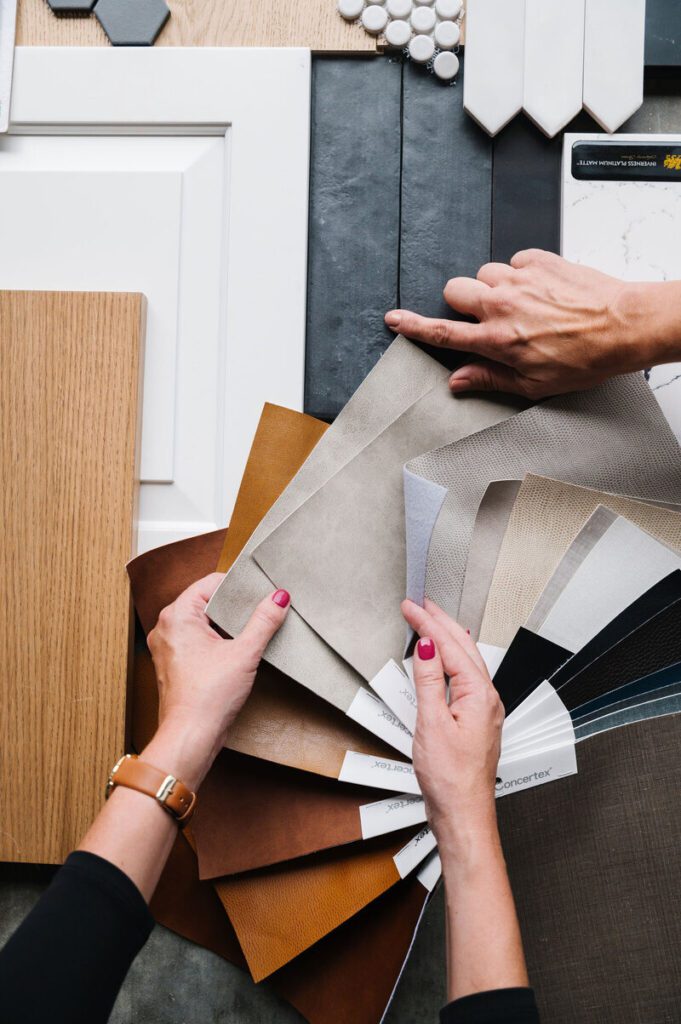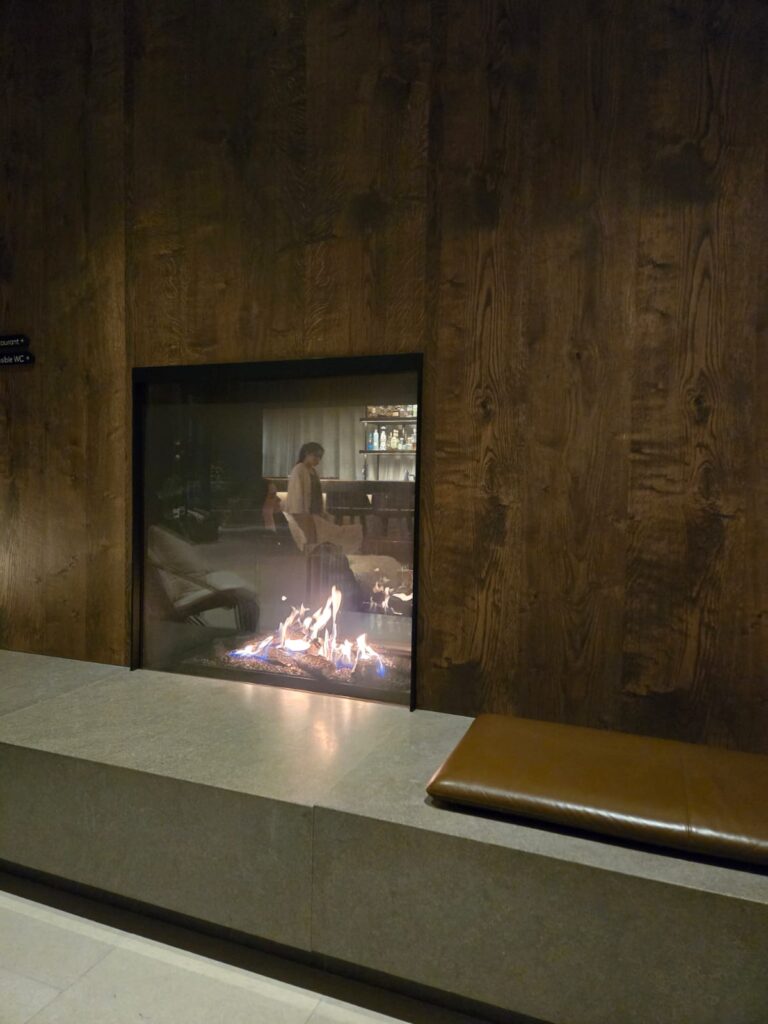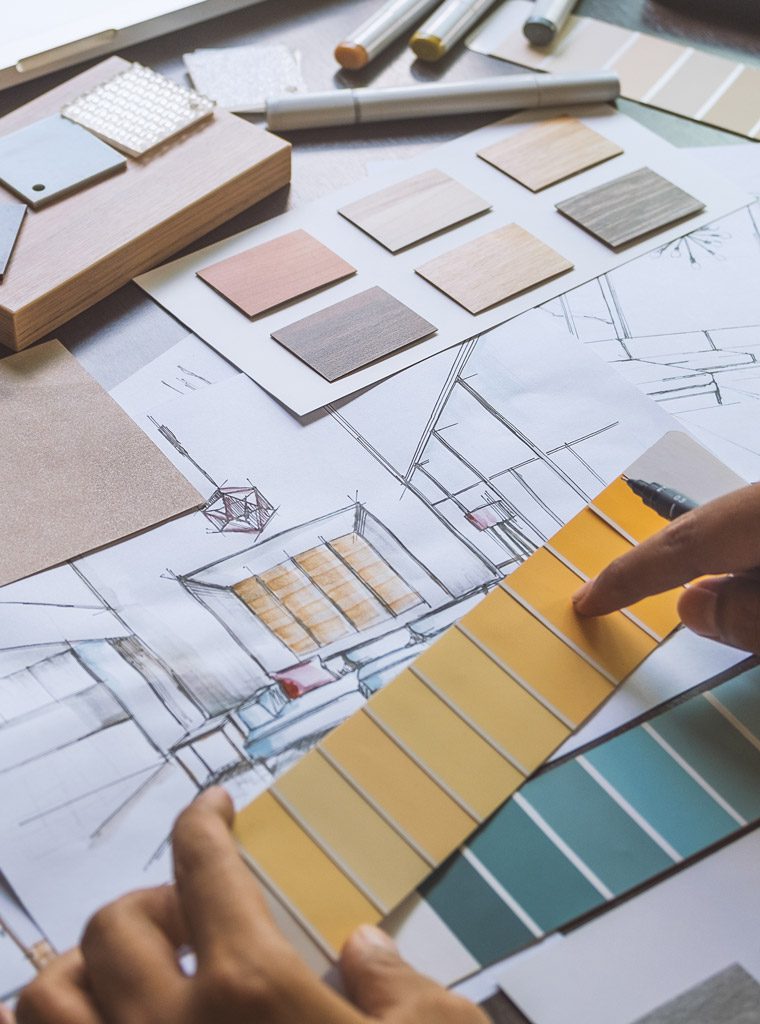Trends in design can vary from year to year and often reflect cultural, technological, and environmental changes

Here are some of the most important trends in current design, ranging from architecture to interiors and product design:
10 basic rules for home renovation:

The distribution of space is crucial: a well-organized room improves the functionality and livability of the home.
Are renovations always very expensive?

-False: While some renovations can be costly, there are many inexpensive options and strategies that can help keep expenses down, such as partial renovations or the use of inexpensive but quality materials. Carefully choosing what you can keep that complements the new and what should be thrown out instead.
What does it mean to make environments that reflect people’s identities?

Making environments that reflect people’s identities means creating spaces that express and enhance the characteristics, tastes, experiences and values of the individuals who inhabit them.
The 10 most important things in a renovation

These 10 points can serve as guidelines during the renovation process, highlighting key aspects to create spaces that are not only beautiful, but also functional and comfortable.
10 false myths and mistaken beliefs about renovations

These myths can influence decisions during the restructuring process, so it is critical to inform yourself and approach the project with a realistic understanding of expectations and possibilities.
Renovate Your Home: Discover the Endless Possibilities of Restyling

Redesigning your home opens you up to a wide range of opportunities to improve your living space. You might consider enlarging rooms to create a more fluid atmosphere, implement innovative storage solutions to get rid of clutter, or update furnishings, colors, and finishes to bring a modern, welcoming atmosphere to life. Customization is key in living rebirth, transforming your current residence into a space that is truly unique and tailored to you.
When a space makes people feel good

Design approaches in the spaces in which we spend most of our lives must consider not only aesthetics, but also the deep connection between environment, emotion, and human behavior. Leveraging neuroscience findings can guide architects and designers toward creating environments that not only meet practical needs but also contribute to people’s overall well-being.
